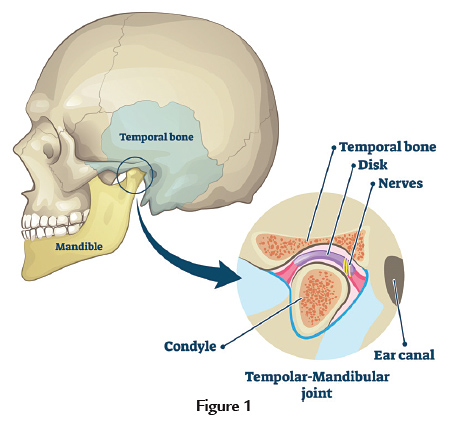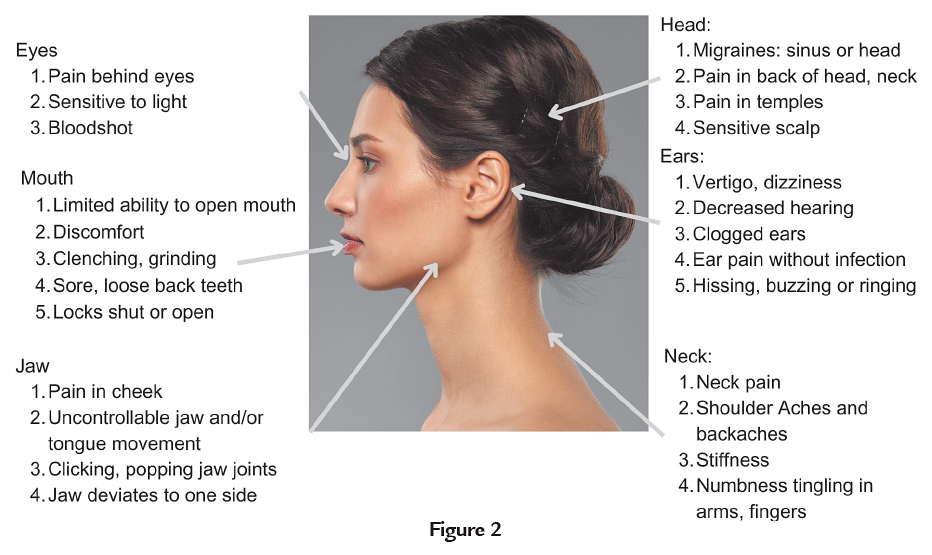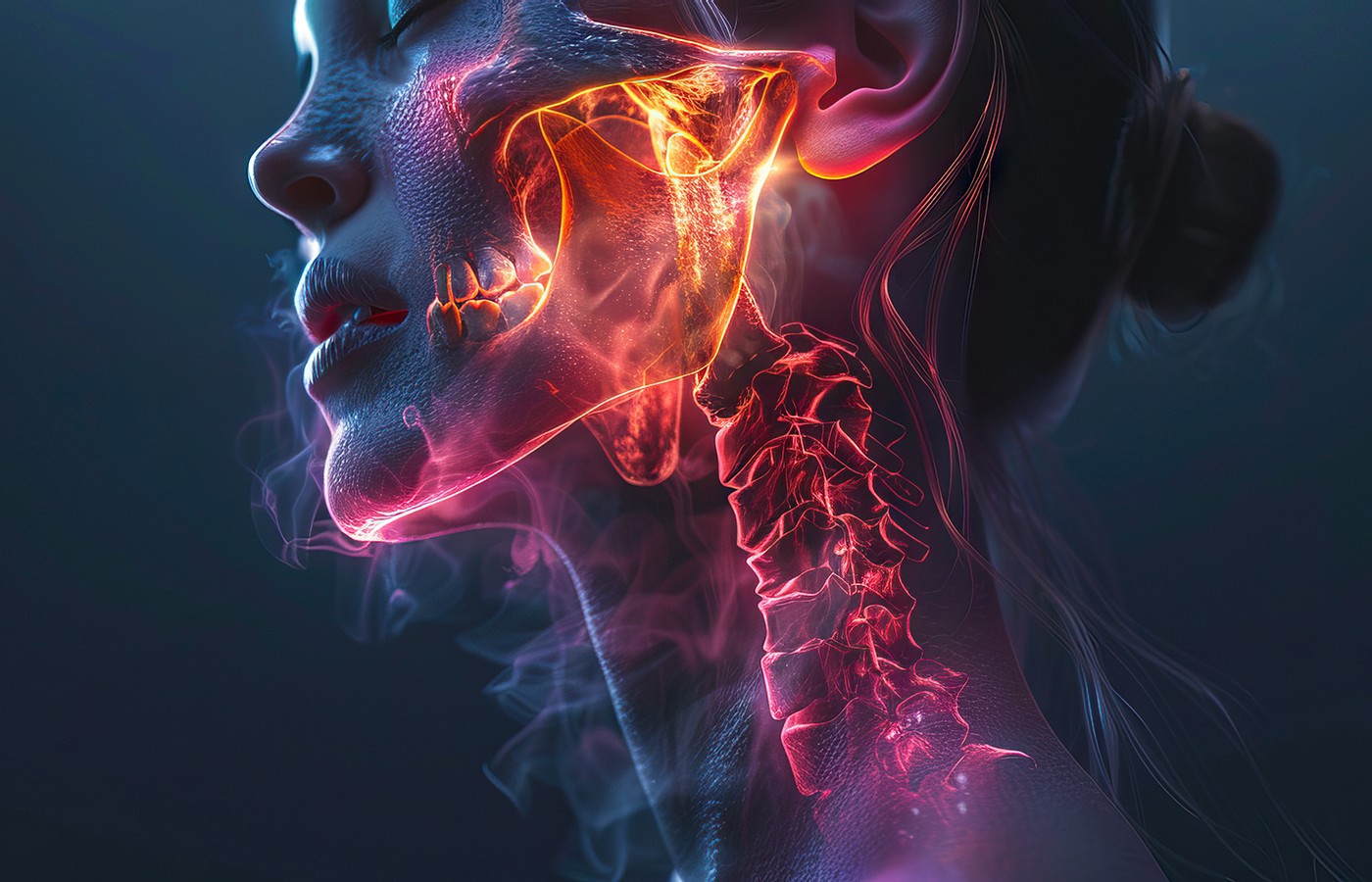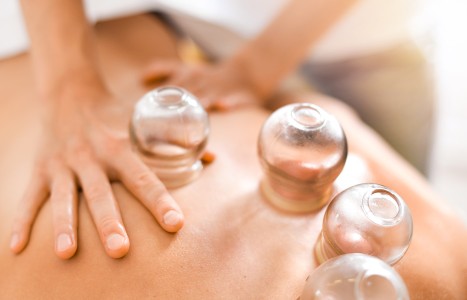Whether you accept it, avoid it or live somewhere in between, insurance coverage has become a defining issue for our profession. Patients increasingly expect to use their benefits, practitioners want to be compensated fairly for their time and expertise, and the system itself remains – at best – fragmented. The encouraging news is that coverage has expanded in meaningful ways. The challenging news is that reimbursement, across the board, remains inadequate.
Treat TMDs Using Scalp Acupuncture, Facial Motor Points, & Submuscular Needling (Pt. 1)
- Temporomandibular disorders (TMDs) occur due to problems with the jaw, jaw joint, and surrounding facial muscles that control chewing and jaw movement.
- In traditional Chinese medicine (TCM), treatment of the TMJ involves addressing the root causes, which can include trauma, arthritis, or tension.
- Acupuncture treatment involves a combination of local points, which address the immediate areas of discomfort, and distal points, which influence the broader energetic pathways contributing to symptoms.

Temporomandibular disorders (TMDs) occur due to problems with the jaw, jaw joint, and surrounding facial muscles that control chewing and jaw movement. Commonly referred to as TMJ disorders, these conditions can significantly impact a person’s quality of life, causing pain, dysfunction, and emotional distress. The temporomandibular joint (TMJ) itself is a hinge joint connecting the mandible (lower jaw) to the temporal bone of the skull. This joint allows for essential functions such as chewing, speaking, and yawning. (Figure 1)
Etiology of TMJ
The most common cause of TMJ dysfunction is the grinding of teeth (bruxism) or clenching of the jaw, which places excessive pressure on the joint. Additional causes include:
- Dislocation: Displacement of the soft cushion or disk between the ball and socket joint
- Arthritis: Degenerative changes in the TMJ leading to deterioration and pain
- Stress: Mental and emotional stress can lead to tension in the jaw and facial muscles
- Trauma: Injuries such as a direct blow to the jaw, whiplash, or dental procedures requiring prolonged jaw opening
Symptoms
Symptoms of TMJ problems vary widely, but can include the following:
- Pain or tenderness in the face, jaw, neck, and shoulders
- Clicking or popping sounds when opening and closing the mouth
- Limited jaw movement or the sensation of the jaw locking
- Headaches, earaches, toothaches, and neck pain
- Swelling and muscle fatigue in the face
- Dizziness, tinnitus (ringing in the ears), and hearing problems
Patients often describe their face as feeling “tired,” especially after speaking or chewing. Some may feel their bite is “off” or report difficulty chewing. These symptoms can escalate as tension spreads to other areas, causing a ripple effect throughout the body. (Figure 2)

TCM Approach
In traditional Chinese medicine (TCM), treatment of the TMJ involves addressing the root causes, which can include trauma, arthritis, or tension. The following diagnostic patterns are often considered:
- Arthritis: Treated as bi-obstruction syndrome, requiring differentiation of the bi-syndrome type
- Trauma: Treated with a combination of motor points, submuscular needling, facial cupping, and distal points to relieve pain and restore function
- Tension: Often linked to liver qi stagnation, which can be addressed with points like the Four Gates, Liver, and Sympathetic
The channels typically involved in TMJ treatment include the Triple Heater (TH), Small Intestine (SI), Gallbladder (GB), and Stomach (ST).
Acupuncture is a highly effective treatment modality for managing TMJ disorders, as it addresses both the physical and energetic imbalances contributing to the condition. By targeting specific acupuncture points in conjunction with other treatment modalities (to be covered in part two), practitioners can alleviate muscle tension, improve circulation, and restore the natural flow of qi in affected areas.
Treatment involves a combination of local points, which address the immediate areas of discomfort, and distal points, which influence the broader energetic pathways contributing to TMJ symptoms.
Local Points:
- ST 6, ST 7: Relax the masseter muscle
- GB 4, SI 19, TH 17, Taiyang: Target specific local areas for pain and tension relief
Distal Points:
- LI 4: Command point for the face and jaw
- TH 5 and GB 41: Master/couple point combination of the Yang Wei Mai to move qi in the ear area
- LR 3 and LI 4 (Four Gates): Address liver qi stagnation and emotional causes of grinding or clenching
- GB 34: Benefits the ligaments and tendons, enhancing the effects of LR 3
Additional Modalities:
- Scalp acupuncture: Bilateral needling of the sensory area for pain relief
- Motor points: Focused needling of the temporalis and masseter muscles
- Submuscular needling: Deeper needling of the temporalis and masseter muscles to target tension
- Ear acupuncture: Points such as Shen Men, TMJ, and the lower jaw
- Cupping and gua sha: Effective for reducing tension in the jaw, neck, and associated areas
In part two of this article, I will discuss treatment approaches using these additional modalities.
Author’s Note: This article is largely excerpted from my book, Treating the Face: A Comprehensive Guide for Acupuncturists and Health Professionals, and serves as part one of a two-part series. All images also come from the book.



